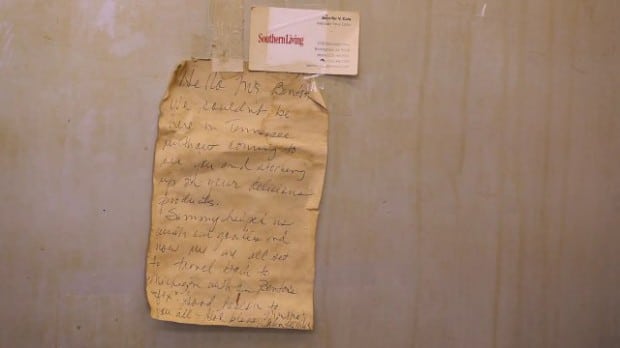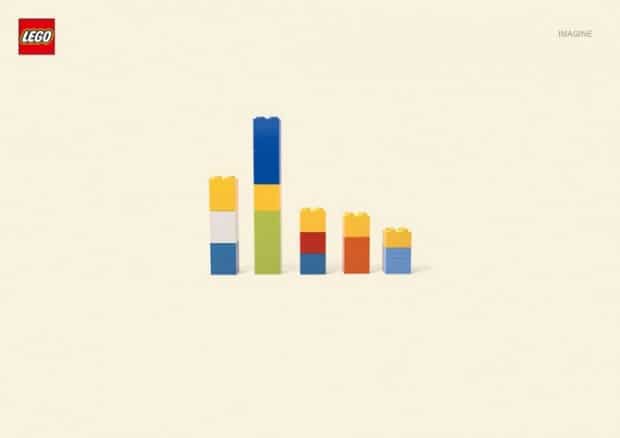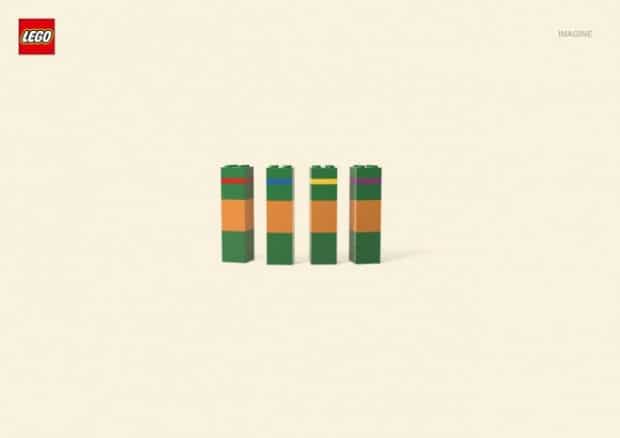Allan Benton makes some pretty outrageous ham. A god amongst chefs and foodies, Allan’s hams are adored by the likes of Thomas Keller, David Chang, and Sean Brock. And he has an important lesson about business:
After about four or five years, I told my dad one day, “Dad, I’m gonna have to quick-cure these hams. Like everyone else. I’m trying to age these things out a year and they’re selling them cheaper than I can even think about making a ham.”
And Dad looked at me and said, “Son, if you play the other guy’s game, you always lose. Stay with what you know, and sooner or later quality will sustain you in this business.”
I’ve seen so many companies that refuse to learn this lesson, they’re in a tight race to be just like their competition. Companies that have unique qualities, instead of trumpeting them, work to shed them. They’re trying to “win” the same way their competition did. What a terrible mistake.
About a year ago I went to a seminar and I got into a bit of a debate with the host. She felt that the quality of the brand was determined solely by the quality of the experience. For example, she felt that Ryan Air was a bad example of branding because they offer a notoriously bad experience.
I, on the other hand, feel that branding is more nuanced than that. I think that the remarkableness of the brand story is what determines how great a brand is. The brand story that Benton’s Country Hams tells is absolutely perfect for them. They’re presenting themselves as a small, back-woods, artisanal smoker. They have a website that is absolutely terrible, but it fits their story perfectly. A nicer website wouldn’t fit with their brand-story. And look at some stills from the video of their facility:



I can’t imagine being more in love with this brand.



















